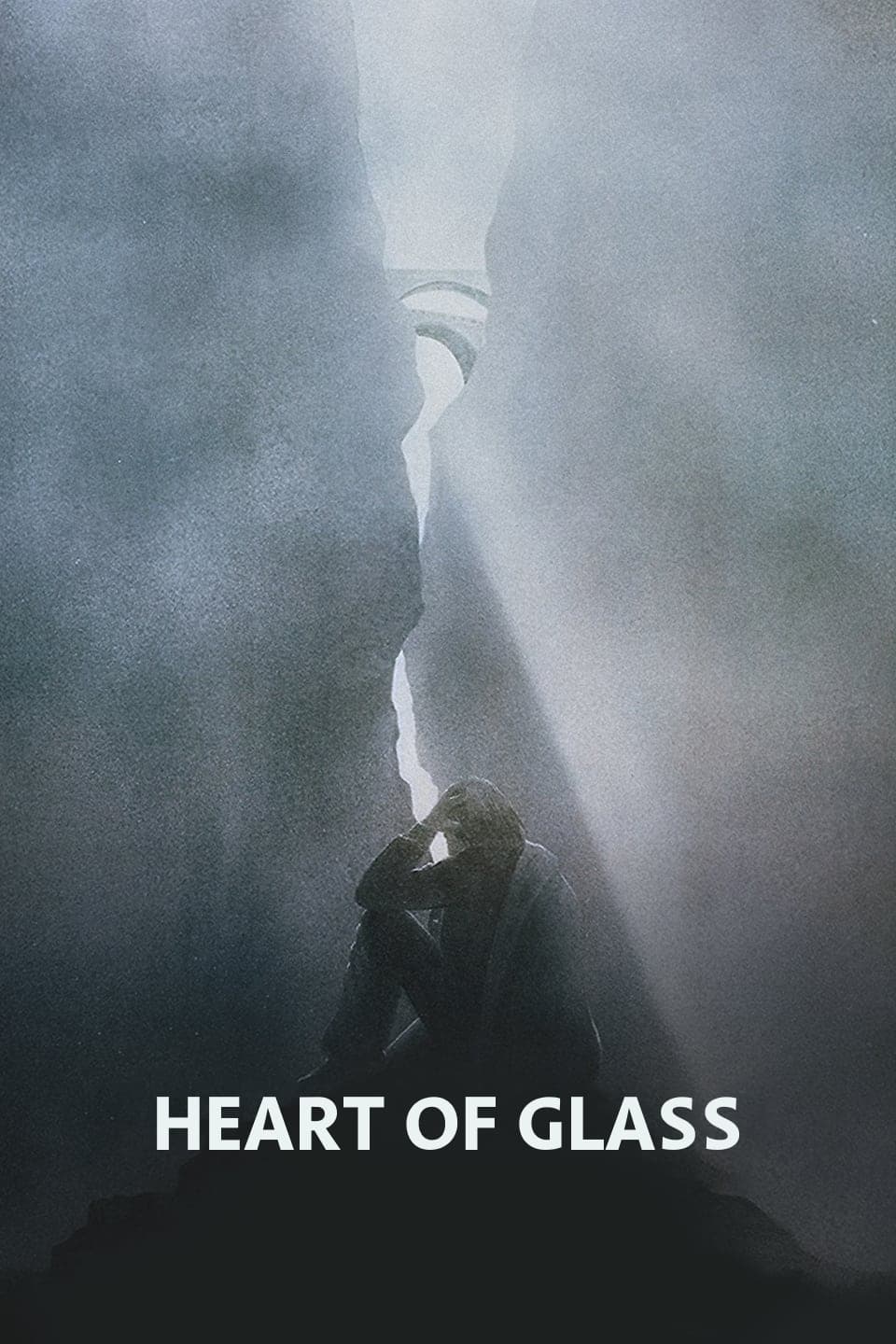
A small Bavarian village is renowned for its "Ruby Glass" glass blowing works. When the foreman of the works dies suddenly without revealing the secret of the Ruby Glass, the town slides into a deep depression, and the owner of the glassworks becomes obssessed with the lost secret.
13 May Heart of Glass (1979)
The Heart of the Film Soldier
Some films come wrapped in their own skins — distinct beings, which can be taken as they are.
But many films come with connections to their context, usually in the distraction of seeing a familiar actor.
Cinephiles follow certain filmmakers and develop certain expectations and understandings over a career. For instance, Eric Rohmer’s films have value because of what we know about him and what he attempts to do. Without that, we have the olive, not the meal.
Herzog is all about risk and commitment and following the life of the project wherever it demands you go. It is about the unfriendliness of fate and how far you will take the religion of film. How tempestuous the visual sex. How much trust you will put in the grace of accident.
There are one or two youngsters (like Harmony Korine) who attempt this, but nothing on the scale of what Herzog demands.
In this case, he works on the sense of place as the animator of the people within. The fecund, harsh motherland as the holder of fate. All of the people — the stuff WE think is important — stagger around in trances, barely managing to scoop some minerals, some blood out of the pores of the mother to refine into small art, here glass objects. The interesting thing with all such projects to me is what the filmmaker does to equate the people we see with the people we are.
What he does — or tries to do — here is to put us in a trance with the somnambulant queues and laconic pacing. With the steady drum of tedium, with the meditation on beauty. With the careful discovery of charm in the ordinary. Was there ever a more endearing character than Ludmilla? Was there ever less artifice in a character’s formation?
But Herzog never escapes the Germanic lure to be a craftsman himself, to be one of the fine glassworkers he shows. So even though he makes great claims for single takes and discovered framing and accidental light and nuance, many — indeed nearly all — of his tableaus are painter-perfect. Even though he invests in the nature of place, he uses a “virtual place” assembled from around the globe. Even though his mad factory owner decides to sacrifice the art of the glass by throwing it in a lake, Herzog (literally, with his friends) secrets those gems and keeps them safe for our peering.
(This is what “Koyaanisqatsi” pretends to be.)
Posted in 2003
Ted’s Evaluation — 3 of 3: Worth watching.


No Comments